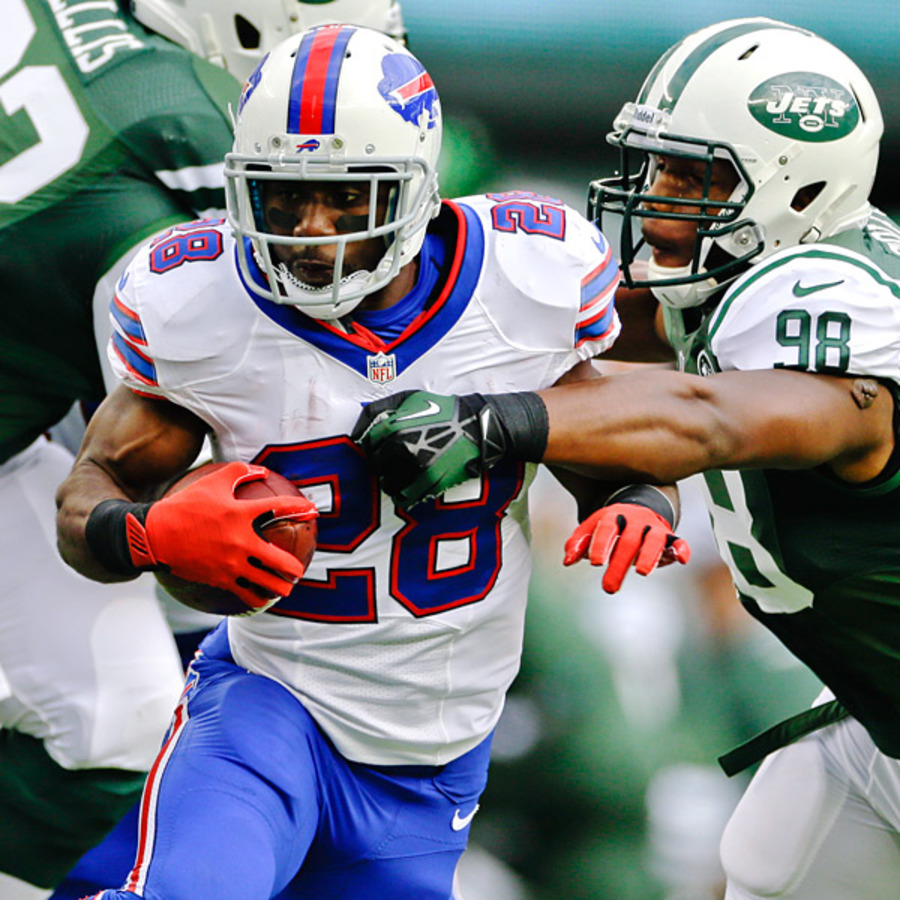I. Introduction

A. Definition of Blitzing
In American football, blitzing refers to the strategy of sending additional defensive players to rush the quarterback, with the aim of disrupting the offense and creating pressure on the opposing team. This aggressive tactic involves sacrificing pass coverage in order to generate a quick and forceful assault on the quarterback, often leading to hurried throws, sacks, or turnovers.
B. Importance of Blitzing in Defensive Strategies
Blitzing is a crucial element of defensive strategies in football, as it can significantly impact the outcome of a game. By applying pressure on the quarterback, blitzing can disrupt the rhythm of the offense, create turnovers, and force the opposing team into unfavorable situations. A well-executed blitz can turn the tide of a game and propel the defensive team to success.
II. The Role of Blitzing in Football Defense
A. The Concept of Defensive Blitzing
Defensive blitzing involves a calculated risk. The element of surprise and timing are crucial in the success of a defensive blitz, as it aims to disrupt the offense’s planned execution and create chaos.
B. Impact on Quarterback and Offensive Line
Blitzing directly affects the quarterback, placing him under immense pressure and forcing quick decision-making. The offensive line also faces the challenge of identifying and neutralizing the blitzing defenders to protect the quarterback. Successful blitzes can result in hurried throws, quarterback sacks, or interceptions, significantly altering the momentum of the game.
C. Defensive Schemes and Variations
Defensive coordinators employ a variety of blitz packages and schemes, utilizing different combinations of players to execute blitzes from various positions on the field. These variations aim to disguise the point of attack, confuse the offense, and maximize the element of surprise, making it challenging for the opposing team to anticipate and counter the blitz.
As we delve deeper into the role and impact of blitzing in football defense, it becomes evident that this strategic approach can be a game-changer, influencing the dynamics and outcome of matches. In the following sections, we will explore the techniques and execution of blitzing, the advantages and risks associated with this aggressive tactic, and the strategies for successful implementation.
III. Techniques and Execution of Blitzing
A. Linebacker Blitzing Techniques
Linebackers play a pivotal role in defensive blitzing, often utilizing their speed and agility to penetrate the offensive line and pressure the quarterback. Different linebacker blitzing techniques include delayed blitzes, gap-based blitzes, and overloading one side of the offensive line to create mismatches and disrupt the passing game.
B. Defensive Back Blitzing Techniques
Defensive backs, such as cornerbacks and safeties, contribute to the blitzing strategy by adding an element of surprise and versatility. Their speed and coverage skills can make them effective blitzers, as they can quickly reach the quarterback or disrupt passing lanes. Defensive back blitzing techniques often involve disguising their intentions and exploiting gaps in the offensive protection.
C. Defensive Line Stunts and Blitz Packages
Defensive line stunts and blitz packages involve coordinated movements. And it exchanges among the defensive linemen to create confusion and capitalize on mismatches. These tactics may include twists, loops, and slants, aiming to disrupt the blocking assignments of the offensive line and create opportunities for unblocked rushers to pressure the quarterback.
IV. Advantages and Risks of Blitzing
A. Defensive Pressure and Disruption
One of the primary advantages of blitzing is the ability to apply immediate pressure on the quarterback, disrupting the passing game and forcing hurried decisions. A successful blitz can lead to quarterback sacks, errant throws, and turnovers, providing the defense with a significant advantage and altering the momentum of the game.
B. Vulnerabilities in Coverage and Run Defense
While blitzing can create pressure on the quarterback, it also exposes vulnerabilities in pass coverage and run defense. By committing additional defenders to the blitz, the defense may leave gaps in coverage, potentially leading to big plays for the offense. Furthermore, a mistimed or unsuccessful blitz can leave the defense susceptible to long runs and effective counter-attacks by the opposing team.
C. Balancing Risk and Reward in Defensive Strategies

Blitzing requires a delicate balance between risk and reward. Coaches and defensive coordinators must assess the potential benefits of blitzing against the risks it poses to their defensive integrity. Finding the optimal blend of aggressive blitzing and maintaining sound defensive principles is crucial in maximizing the effectiveness of the strategy while mitigating its potential drawbacks.
As we delve into the techniques and considerations of blitzing, it becomes evident that a successful blitz requires skillful execution and strategic decision-making. In the subsequent sections, we will analyze successful blitzing strategies, examining case studies and key factors for achieving success while countering opponent reactions.
V. Analyzing Successful Blitzing Strategies
A. Case Studies of Effective Blitzing
One of the most famous examples of effective blitzing in football is the New York Giants’ defensive strategy in Super Bowl XLII. Facing off against the undefeated New England Patriots, the Giants’ defense utilized a relentless blitzing scheme that put constant pressure on Patriots quarterback Tom Brady. This strategy disrupted the timing of the Patriots’ high-powered offense. And it ultimately played a key role in the Giants’ 17-14 victory.
Another notable case study of effective blitzing comes from the world of college football, specifically the Alabama Crimson Tide’s defense under head coach Nick Saban. Saban’s defense is known for its aggressive and well-timed blitz packages that consistently create chaos for opposing offenses. By carefully selecting when to blitz and disguising their intentions, the Crimson Tide’s defense has been able to consistently disrupt some of the most potent offenses in college football.
B. Key Factors for a Successful Blitz
There are several key factors that contribute to the success of a blitzing strategy. First and foremost, timing is crucial. A well-timed blitz can catch the opposing offense off guard and lead to a big play for the defense. Additionally, the element of surprise is important. If the offense can predict when a blitz is coming, they can adjust their protections and neutralize the blitz.
Furthermore, the execution of the blitz is critical. This includes not only the physical execution by the players on the field but also the pre-snap alignment and post-snap movement to create confusion for the offense. Effective communication and coordination among the defensive players are also essential for a successful blitz.
C. Adjustments and Countering Opponent Reactions
Opposing offenses will inevitably attempt to counter a defense’s blitzing strategy. It is up to the defensive coordinator and players to make the necessary adjustments in response. This may include mixing up the timing and frequency of blitzes. It changes the point of attack, or even dropping additional defenders into coverage to confuse the quarterback.
It is also important for the defense to be prepared for quick passes and screen plays designed to exploit the void left by blitzing defenders. Linebackers and defensive backs must be ready to quickly diagnose these plays and rally to the ball to limit the offense’s gains.
In conclusion, successful blitzing in football requires a combination of well-timed and well-executed strategies, as well as the ability to adjust and counter opponent reactions. By studying case studies of effective blitzing, identifying key factors for a successful blitz. And exploring adjustments, teams can develop a comprehensive approach to blitzing that can lead to success on the field.



